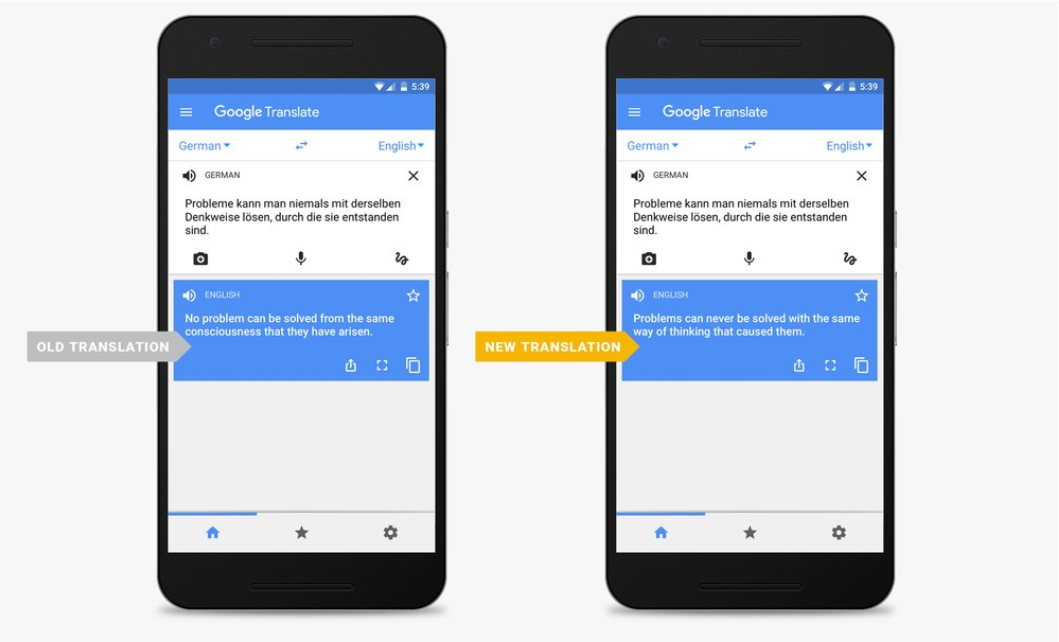Google’s new Pixel Buds are wireless headphones that can reportedly translate 40 languages almost in real time.

Part of a line of new products announced Oct. 4, the earbuds pair up with Google’s new Pixel 2 handset and tap into Google Assistant, the company’s voice-activated product powered by artificial intelligence.
READ MORE: Facebook, Google under pressure to regulate political ads: experts
Now all you have to do when in Rome, is hold down on your right earbud and say, “help me speak Italian,” Adam Champy, Google’s product manager for the headphones, wrote in a blog post on Wednesday.
But will your robotic translation actually get you a plate of delicious fettuccine – or create more confusion than your own butchered Italian would have?
Google Translate isn’t exactly known for flawless renderings. As many high-schoolers quickly found out, it wasn’t even good enough to hack one’s way through homework.
READ MORE: Twitter to take part in closed-door meeting on Russian probe spotlight
But if you try the service now, you might be surprised.

Get weekly money news
As more and more users are discovering, Google Translate has gotten a lot better over the past year.
WATCH: Google fires employee behind gender gap memo

That’s because Google has been swapping its old translation algorithm for something called neural machine translation, which can translate entire sentences instead of slicing up the text and trying to match words or phrases to a big dictionary.
The new technology is much faster at turning one language into another. But it is also able to learn and improve, which is why Google’s translations have become considerably more accurate and reliable.
READ MORE: How to fall in love or fix a light bulb? Google reveals top ‘how to’ searches by Canadians
“With this update, Google Translate is improving more in a single leap than we’ve seen in the last 10 years combined,” Google Translate product lead Barak Turovsky wrote last November, when the company rolled out its revamped service for French, German, Spanish, Portuguese, Chinese, Japanese, Korean and Turkish.
Here’s what the difference looks like, according to Google:
To be sure, even the new Google Translate doesn’t get it 100 per cent right all the time. When this reporter, who is a native Italian speaker, plugged in a few Italian sentences, Google did miss a few nuances.
Still, the Pixel Buds should be good enough for ordering food or getting street directions to the Colosseum – just mind the roaming charges.









Comments